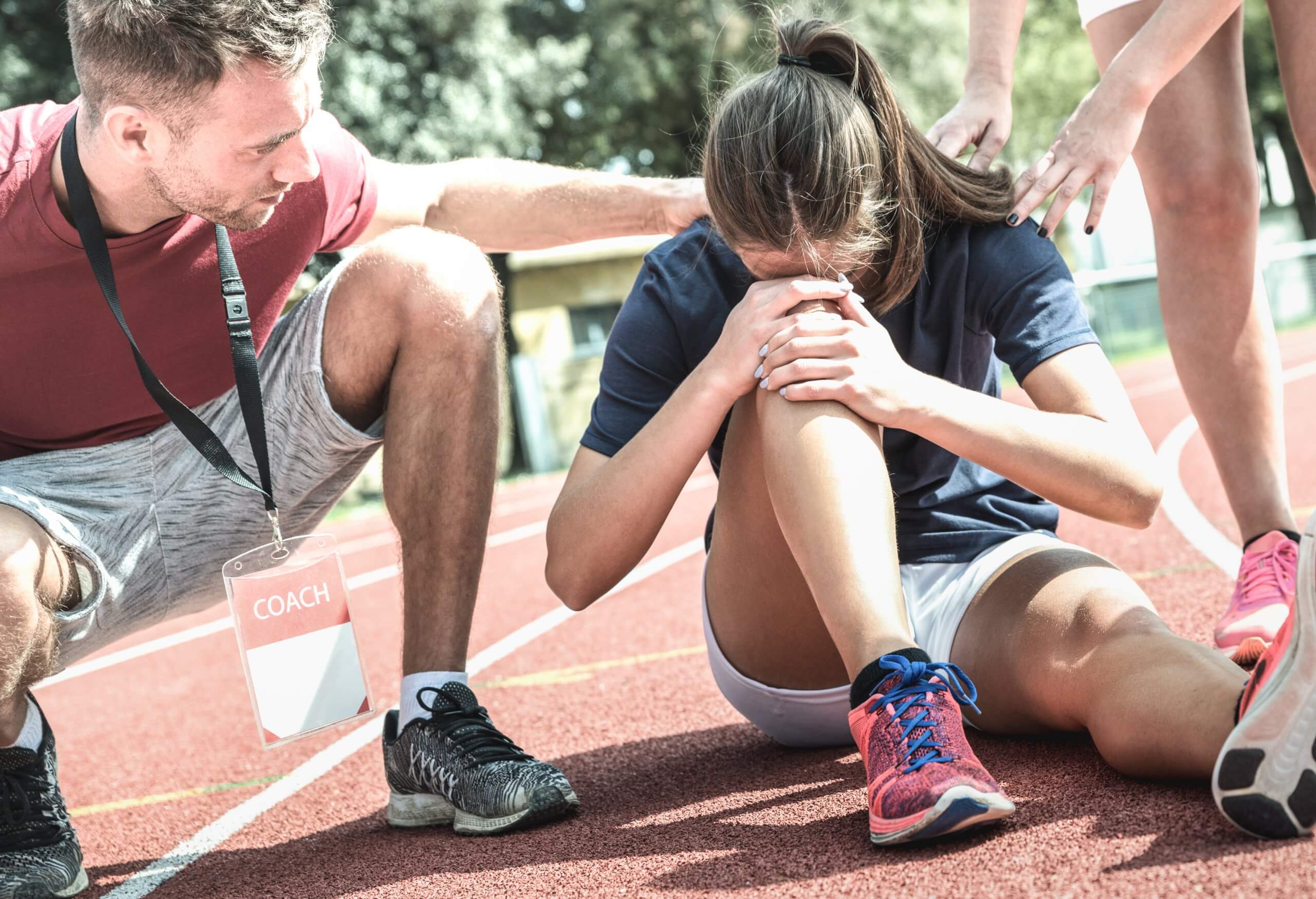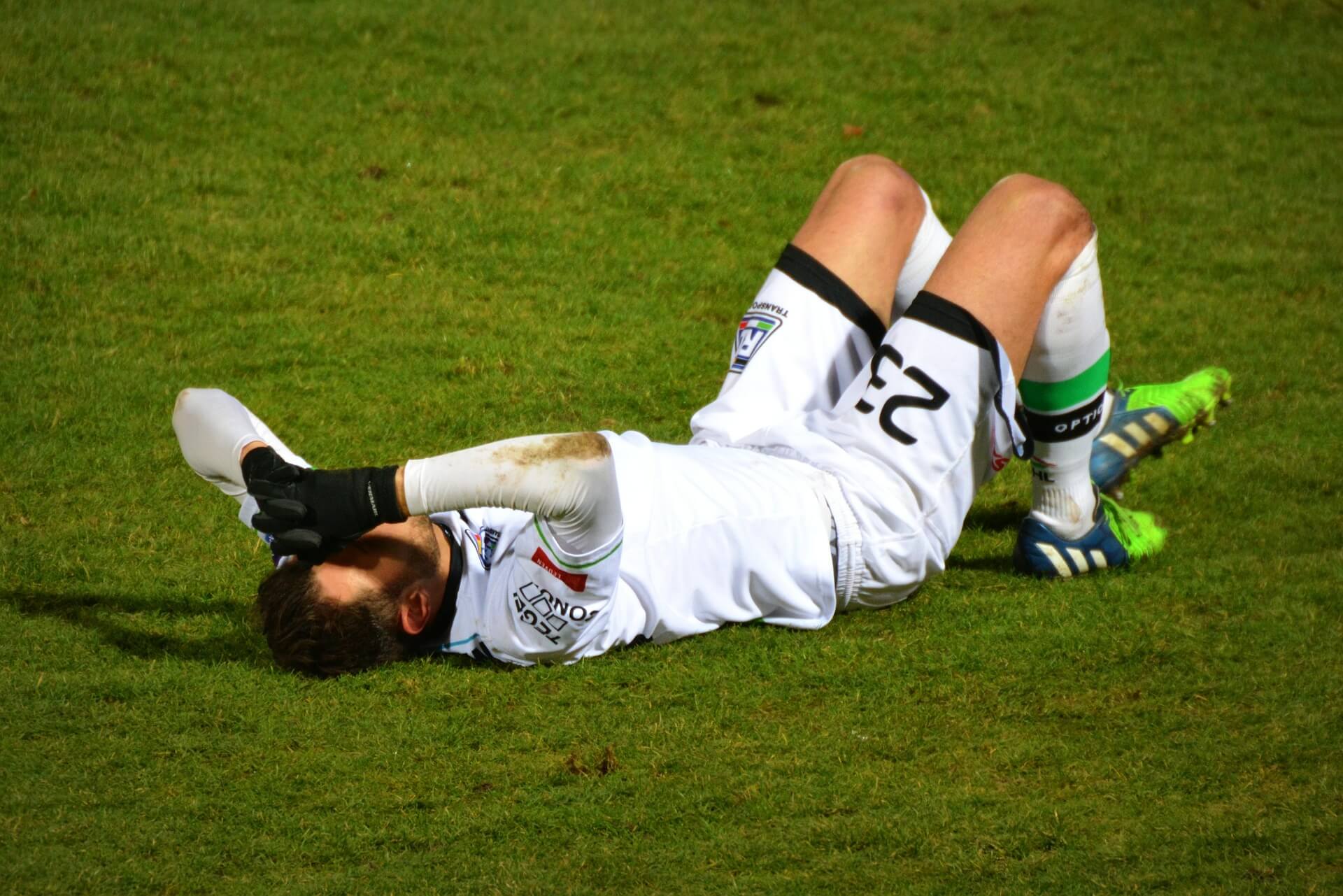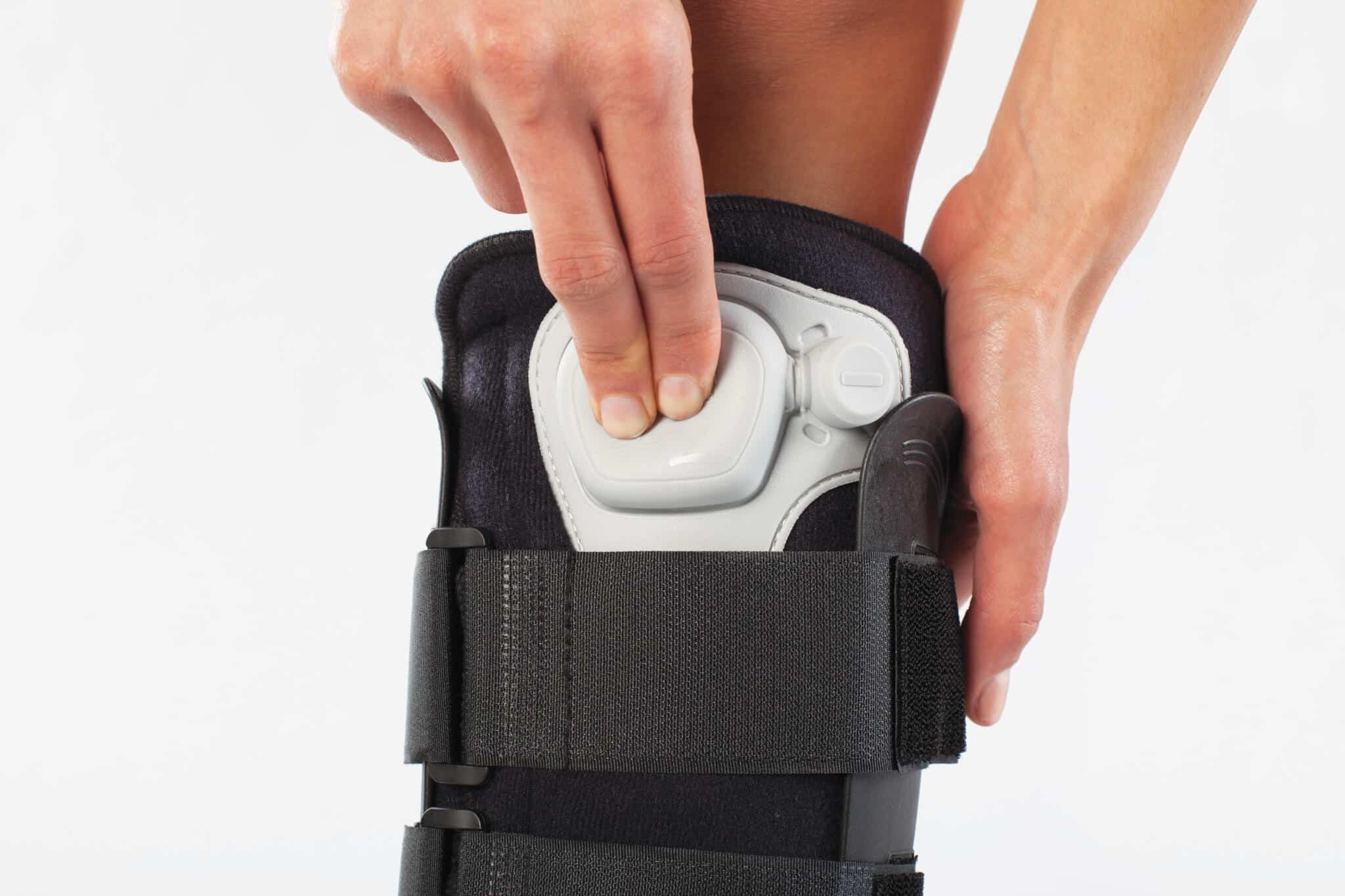5 Common Sports Injuries & How To Fight Them At Home
In this post, we will list 5 common sports injuries and describe their symptoms in order to help someone who may be suffering from one of them to recognize the possible cause.
In many cases, it may not be possible to see a physiotherapist for treatment for a few days, so we will also provide some advice on how these common sports injuries can be stabilized or treated at home before professional help is available.
5 Common Sports Injuries & How To Recognize & Treat Them At Home
Let’s dive into each of 5 common sports injuries:
Sprained Ankle
- Symptoms: So, you’re out playing your favourite sport, and suddenly you twist your ankle! You might notice swelling, bruising, and pain. Walking becomes a bit of a challenge, and your ankle feels wobbly. This is probably one of the most common sports injuries experienced by adults and adolescents who are physically active.
- Treatment: Alright, first things first, let’s take it easy. Rest that ankle and keep the weight off it. Grab an ice pack, wrap it in a cloth, and apply it to the swollen area for about 15-20 minutes every few hours. Oh, and don’t forget to elevate your ankle above your heart whenever you can. Compression with a bandage will also help keep the swelling down. And hey, popping an ibuprofen might help with the pain and inflammation.
Muscle Strain (Pulled Muscle)
- Symptoms: Picture this: you’re going for that perfect shot or sprinting down the field, and suddenly you feel a sharp pain in your muscle. Ouch! You’ll likely notice some swelling, bruising, and tenderness in the area.
- Treatment: Time to take a breather. Rest that muscle and avoid any activities that make it hurt more. Ice packs to the rescue! Apply them for about 15-20 minutes every few hours to calm down the pain and swelling. Wrap the area snugly with a bandage to give it some support, and keep it elevated when you can. And hey, if the pain’s too much, go ahead and take some over-the-counter pain relievers.
Tennis Elbow (Lateral Epicondylitis):
- Symptoms: Imagine swinging that racket or lifting weights, and suddenly your elbow starts protesting with pain and tenderness on the outside. Not cool! It might hurt when you grip things or lift stuff. Although we have listed this as one of the common sports injuries, it’s advisable to remember that tennis elbow can be caused by many non sports related injuries.
- Treatment: Time to give your elbow a break. Rest is key here, so avoid activities that aggravate the pain. Ice is your buddy, so slap on some ice packs for 15-20 minutes every few hours. A little compression with a band or brace can give your elbow some extra support. And hey, those over-the-counter anti-inflammatory meds can help calm down the pain and swelling.
Shin Splints
- Symptoms: You’re pounding the pavement or hitting the trails, and suddenly you feel aching, throbbing pain along the inner edge of your shinbone. Ouch, shin splints strike! These are not only commonly experienced – they can be among the most painful sports injuries that can befall an athlete.
- Treatment: Slow down there, speed racer! Rest those legs and ease up on the high-impact activities. Ice packs are your new best friends, so chill out with them for 15-20 minutes several times a day. Compression sleeves or wraps can help calm down the swelling, and don’t forget to wear proper footwear. Oh, and a little stretching and strengthening for your calves and shins won’t hurt either.
Rotator Cuff Injury:
- Symptoms: Ever reached up for something and felt a sharp pain in your shoulder? Yep, that’s a possible sign of a rotator cuff injury. You might also notice weakness, limited range of motion, and difficulty with overhead movements.
- Treatment: Time to give that shoulder a break from overhead activities. Ice packs are your go-to for reducing pain and inflammation, so slap ’em on for 15-20 minutes every few hours. A little compression with a wrap or brace can provide some support and stability. And hey, don’t be shy about popping some over-the-counter pain relievers to take the edge off.
Conclusion
This concludes our post on common sports injuries and how they may be temporarily treated at home.
Please remember, however, that while home remedies can work wonders for many sports injuries, if things aren’t improving or seem really serious, it’s always a good idea to check in with a healthcare professional. They’ll give you the lowdown on what’s going on and how to get back in the game safely!
If you have any questions or comments, please leave them in the space provided below.








